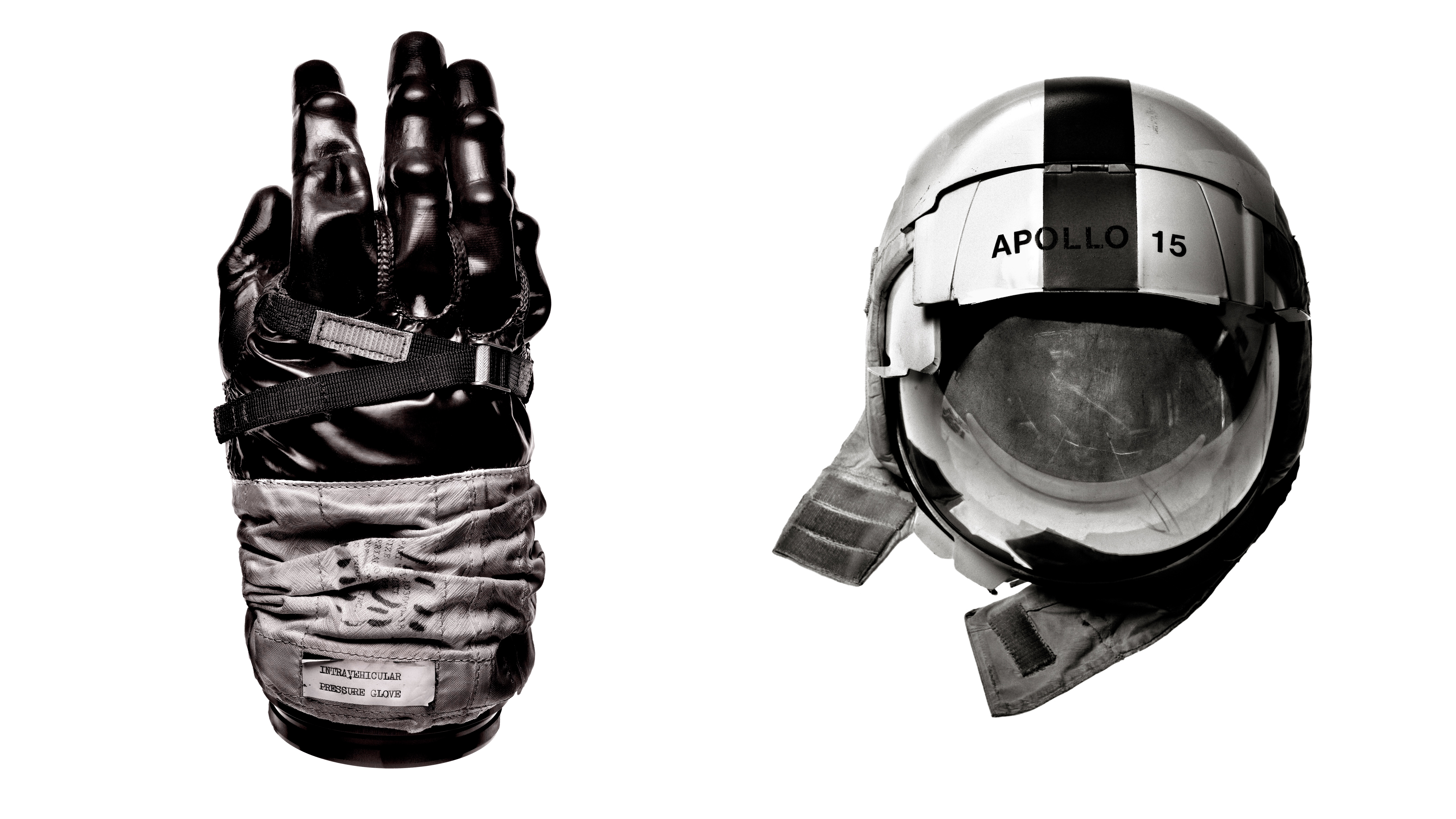Best rangefinder binoculars
Want to view a faraway subject up close and measure its distance? The best rangefinder binoculars can do both!
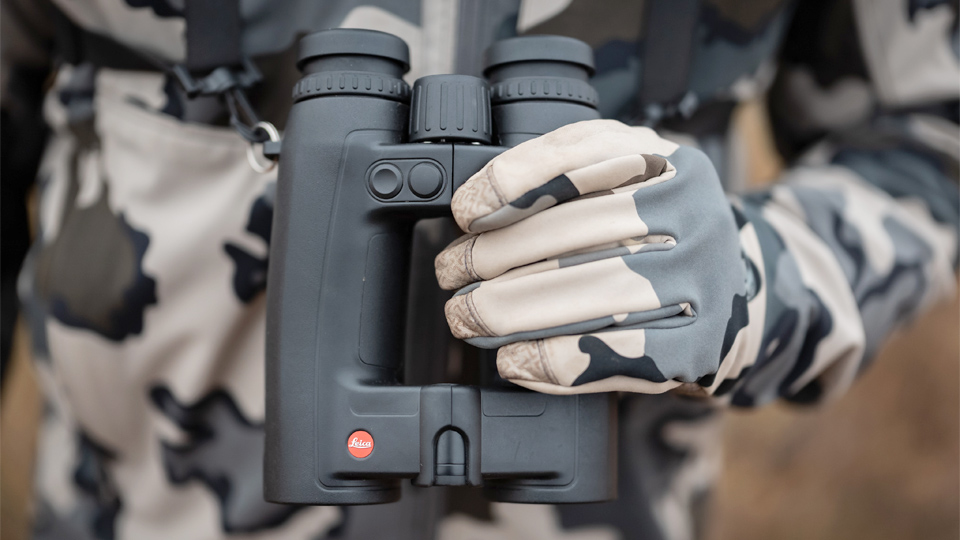
Image stabilized binoculars, waterproof binoculars, compact binoculars… binoculars come in more sizes, shapes, and configurations than we may at first imagine. Here we’re focusing on the best rangefinder binoculars.
As it sounds, this is a product that will not only enable us to view faraway subjects up close with clarity and detail but also tell us exactly how far away said subject is using laser rangefinder technology.
This is something that even the best binoculars don't do. Such a feature will prove useful for mariners and golfers, wildlife watchers, nature lovers, or those who simply enjoy trekking in the great outdoors.
Of course, we’ll still need to pay attention to the core binocular features offered, including magnification and objective lens size, as well as weight, whether or not there is a tripod attachment, waterproofing, fog proofing, and maybe some built-in image stabilization too. The latter is particularly useful if we really are going to be using binoculars on a boat.
The best rangefinder binoculars will provide an accurate calculation of the distance between us and our chosen subject, whether we’re on land or all at sea; which is after all that we’re looking at this specific sub-genre of binoculars for. As these are specialist tools, though, prepare to budget accordingly and pay a premium over non-rangefinder-equipped alternatives. Even if it’s the case with the selected examples here of paying more, and getting more.
So without further ado, we present our showcase of the best rangefinder-equipped binoculars we can currently buy.
Best rangefinder binoculars: Our top picks
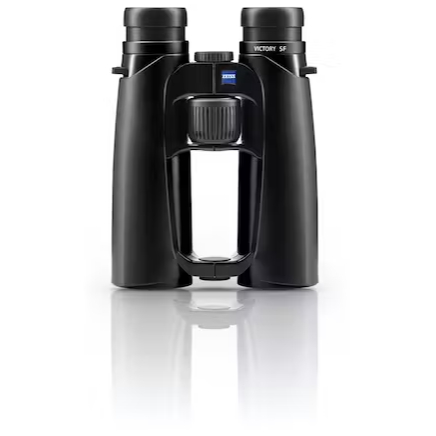
Best in class
Every photographer knows that Carl Zeiss produces optics that are world-class – so here’s a pair of wallet-obliterating rangefinder binoculars from the brand that marries its expertise in glass with a built-in laser rangefinder and real-time computer that additionally comes with its own attendant smartphone app.
For
- Crystal clear performance
- Wide field of view
- Sturdy and comfortable to hold
- Water resistant and anti fogging
Against
- Expensive for casual use
- Quite heavy at 790g

Best affordable option
Resembling something Arnie Schwarzenegger would reach for if 80s action movie ‘Commando’ was re-made and re-booted, these magnesium construction Porro prism-type ‘Military Binoculars’ are supplied in army green and are built for the rough stuff, including water sports and mountaineering suggests its manufacturer.
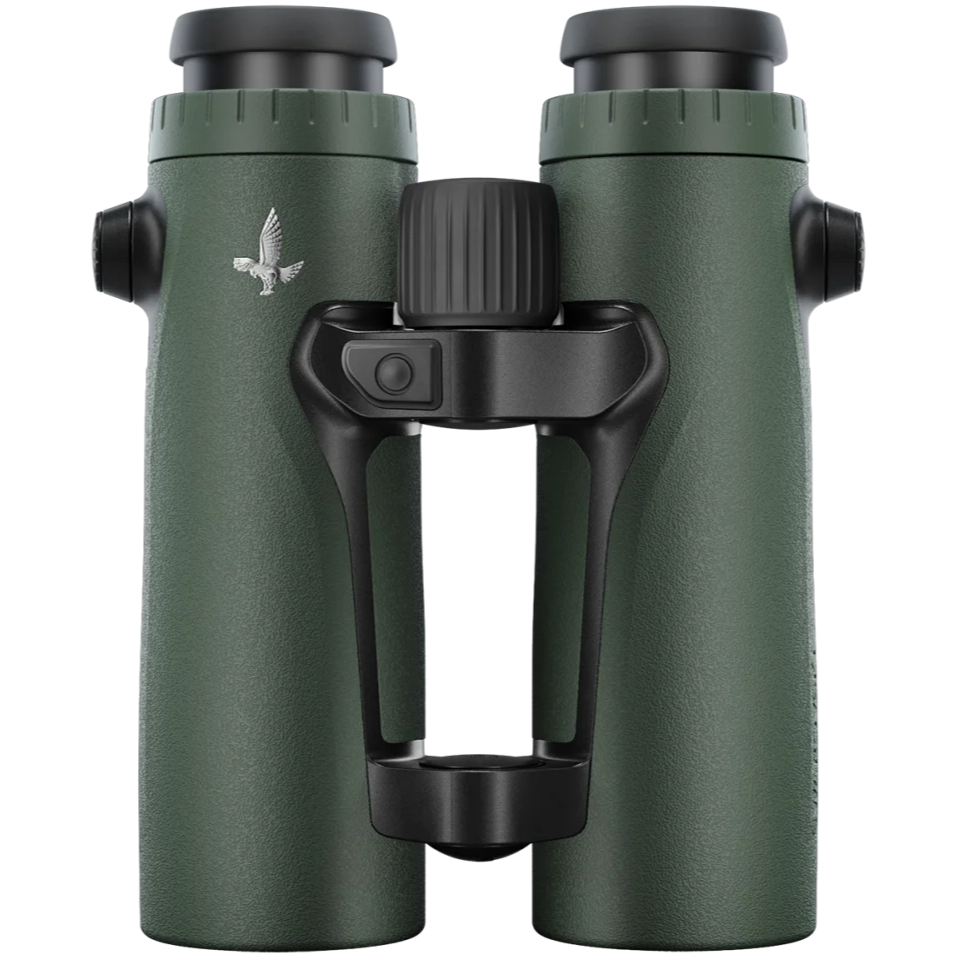
Best for professionals
Ideal for observing faraway subjects with the minimum of visible shake at 10x magnification, this is another blow-the-budget option for those observers wanting top-class optical quality and performance mixed with an impressive rangefinder capability.
Best rangefinder binoculars
Why you can trust Digital Camera World
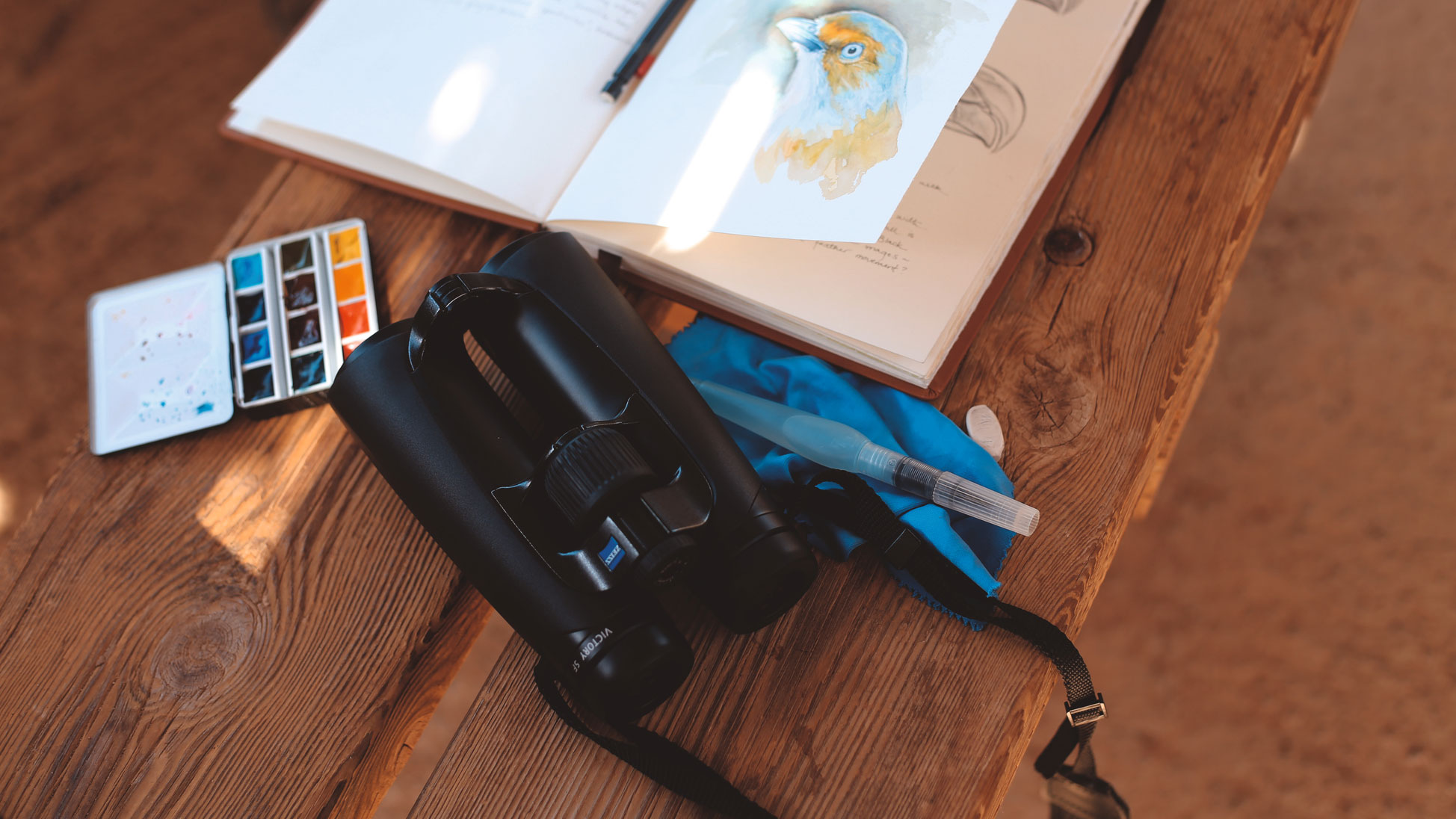
Specifications
Reasons to buy
Reasons to avoid
Every photographer knows that Carl Zeiss produces optics that are world-class – so here’s a pair of wallet-obliterating rangefinder binoculars from the brand that marries its expertise in glass with a built-in laser rangefinder and real-time computer that additionally comes with its own attendant smartphone app.
Zeiss suggests the rangefinder capability here is precise up to a maximum range of a generous 2,300 meters – in the daytime, at least. Lens caps and eyepiece protector caps are provided, while, as expected in this price range, there is a degree of waterproofing built in too to protect our sizeable investment.
If we’re looking for the one and only pair of rangefinder binoculars we may ever need, then we’ve come to the right place, budget-allowing. At least for our investment, the 1xCR2 battery required is included out of the box.
Read our full Zeiss 10x42 Victory RF binoculars review for more details
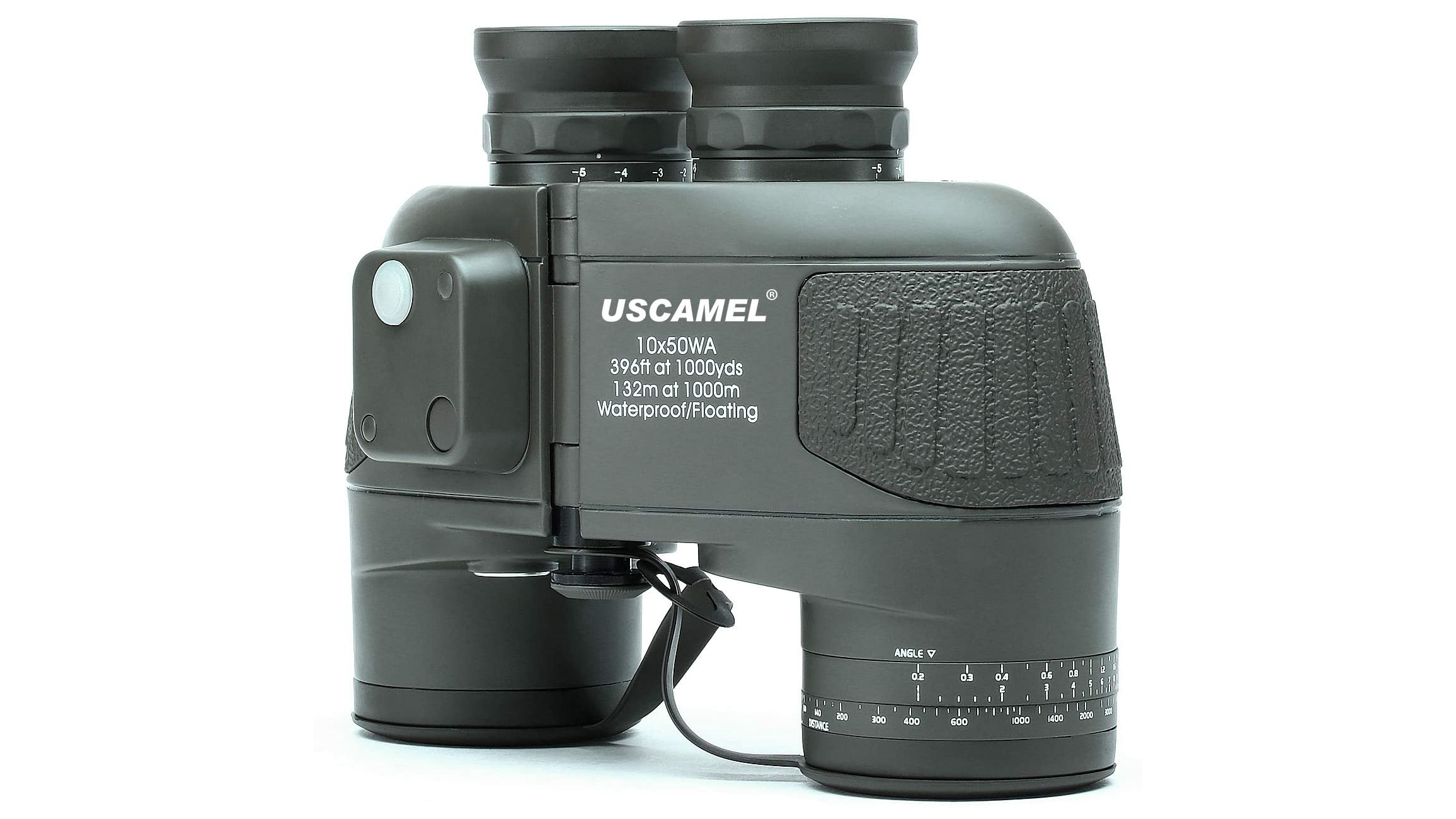
2. USCamel 10x50 HD Military Binoculars with rangefinder
Specifications
Reasons to buy
Reasons to avoid
Resembling something Schwarzenegger would reach for if 80s actioner ‘Commando’ was re-made and re-booted, these magnesium construction Porro prism-type ‘Military Binoculars’ are supplied in army green and are built for the rough stuff, including water sports and mountaineering suggests its manufacturer.
Being waterproofed and nitrogen filled, should we drop these in the ‘drink’ despite the provision of an anti-slip grip, these will also float.
Here the core features include much-respected BaK-4 prisms with the aim of delivering bright and sharp images with plenty of contrast, while the internal rangefinder scale and directional compass with illumination switch can indicate the distance and size of the object being viewed, as well as its orientation.
Operating temperature is said to be good from minus 40°C to +80°C, making these a go-to option for those on a budget in a wide range of conditions and circumstances.
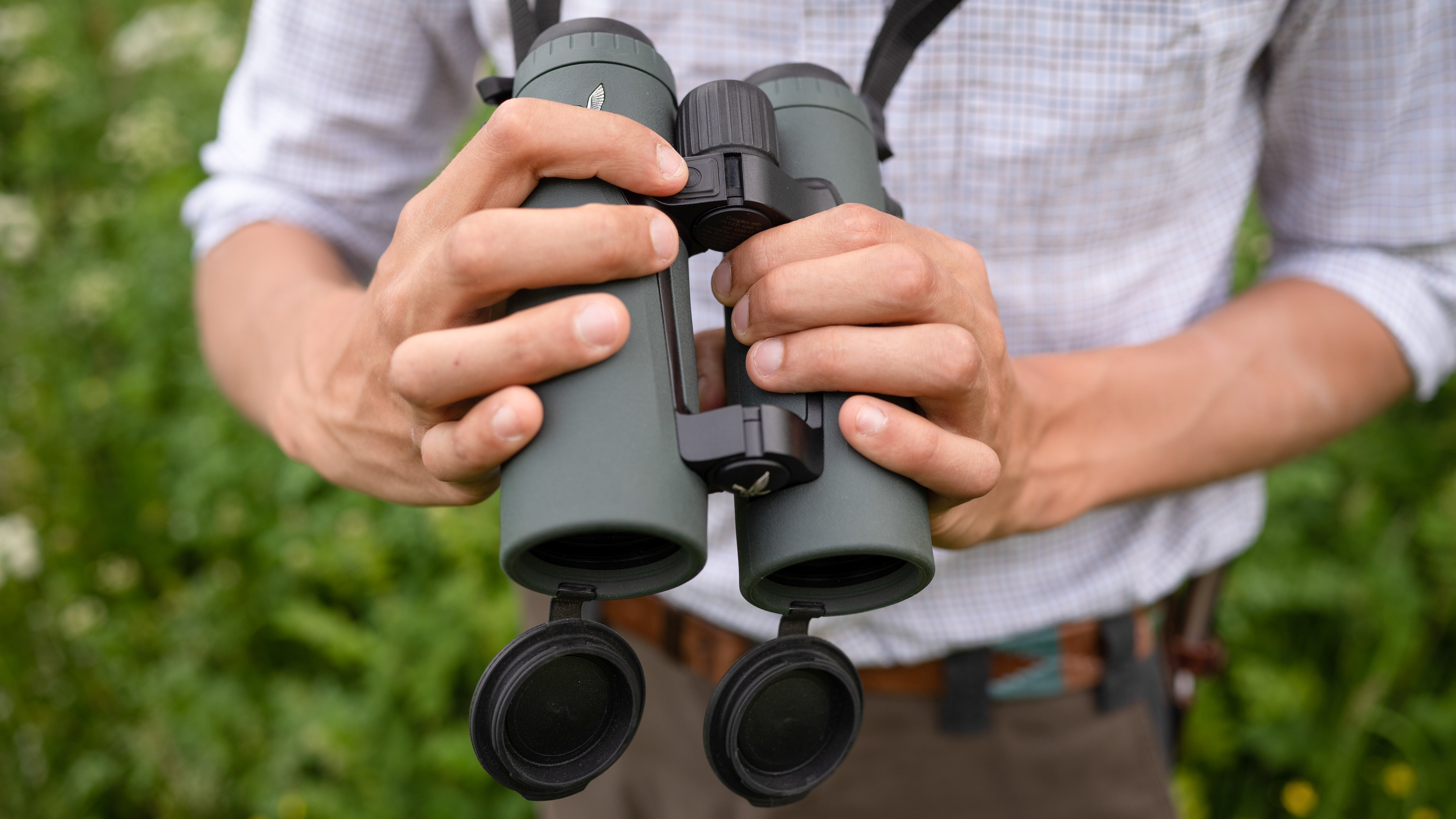
3. Swarovski 10x42 EL Range TA rangefinder binoculars
Specifications
Reasons to buy
Reasons to avoid
Ideal for observing faraway subjects with the minimum of visible shake at 10x magnification, this is another blow-the-budget option for those observers wanting top-class optical quality and performance mixed with an impressive rangefinder capability. Here the latter delivers accurate measurements from 9.1 metres all the way up to an incredible 2,011 metres and provides us with an LCD display to boot.
Such a capability is thanks to a Class 1 laser system described as ‘eye safe’, which records and displays readings within the right tube as quickly as half a second.
A button located on the right side of the bridge activates these rangefinder functions, with the wide field of view of 127 metres at 914 metres ensuring this is an impressive option for spotting a wide variety of animals in the great outdoors.
Gas-filled, these Swarovski binos can also be submerged in up to four metres of water without worry, whilst a limited lifetime warranty provides extra peace of mind.
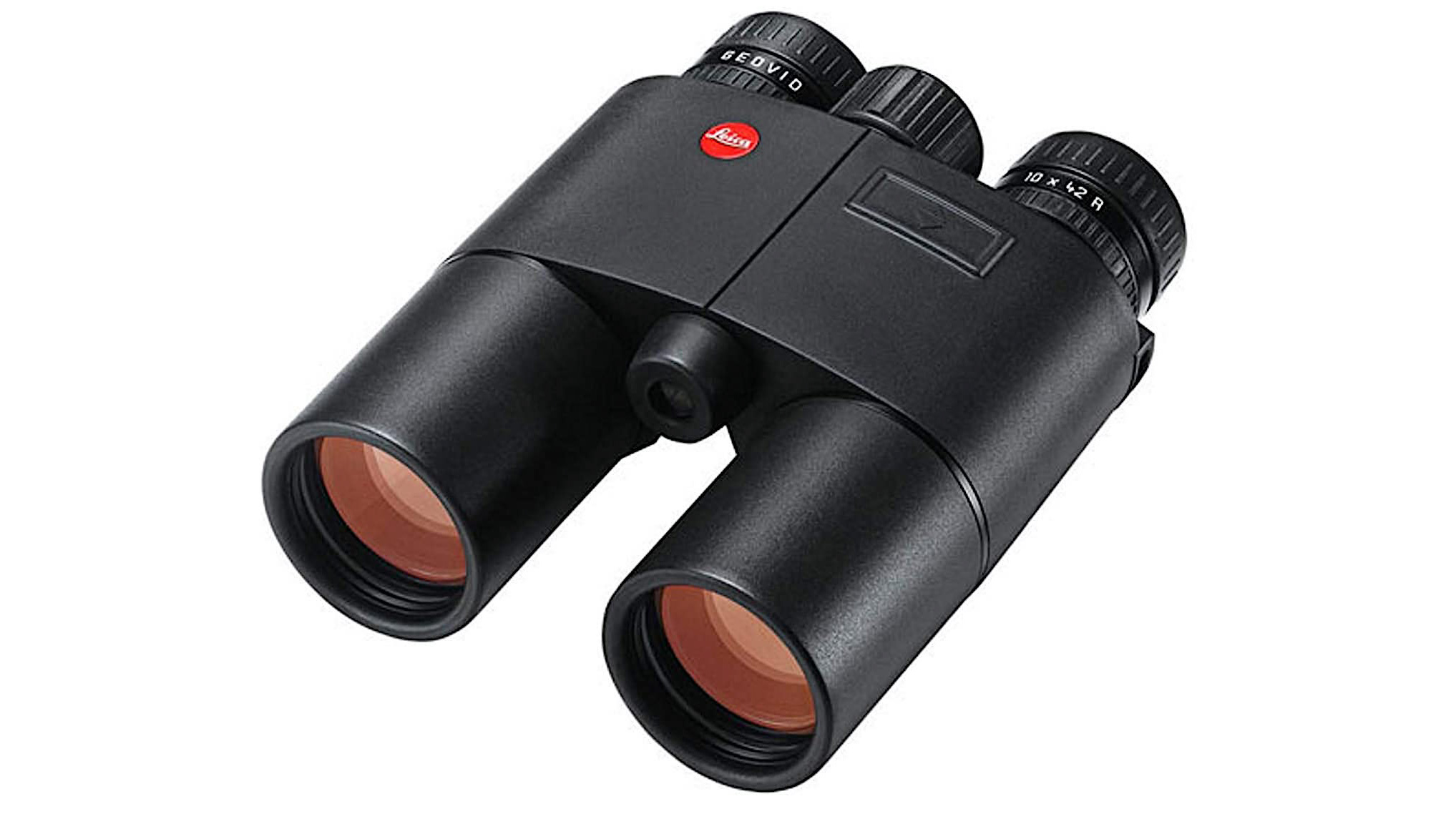
4. Leica Geovid-R 10x42 rangefinder binoculars
Specifications
Reasons to buy
Reasons to avoid
Though Leica products command premium prices, at least its team here seems to have included everything but the kitchen sink. This includes these Porro prism-type binoculars being waterproof to a depth of five metres, nitrogen filled, and yes, rangefinder-equipped. And of course, we get Leica’s class-leading optics for optimum clarity as the icing on this particular cake.
Presented as an all-black body with a traditional design and the familiar red Leica logo, this binocular’s combination of useful 10x magnification with a large 42mm objective lens suggests suitability for a wide range of purposes.
Factor in the ability to display linear distances of up to 1200 yards and the equivalent horizontal range from 10 metres up to 550 metres, and it would seem we have a versatile device as far as its rangefinder capability goes too.
If you want the best sometimes it’s worth putting your hand deep in your pocket, and it certainly feels like that is the case here for this entry point into the world of Leica rangefinder binoculars.
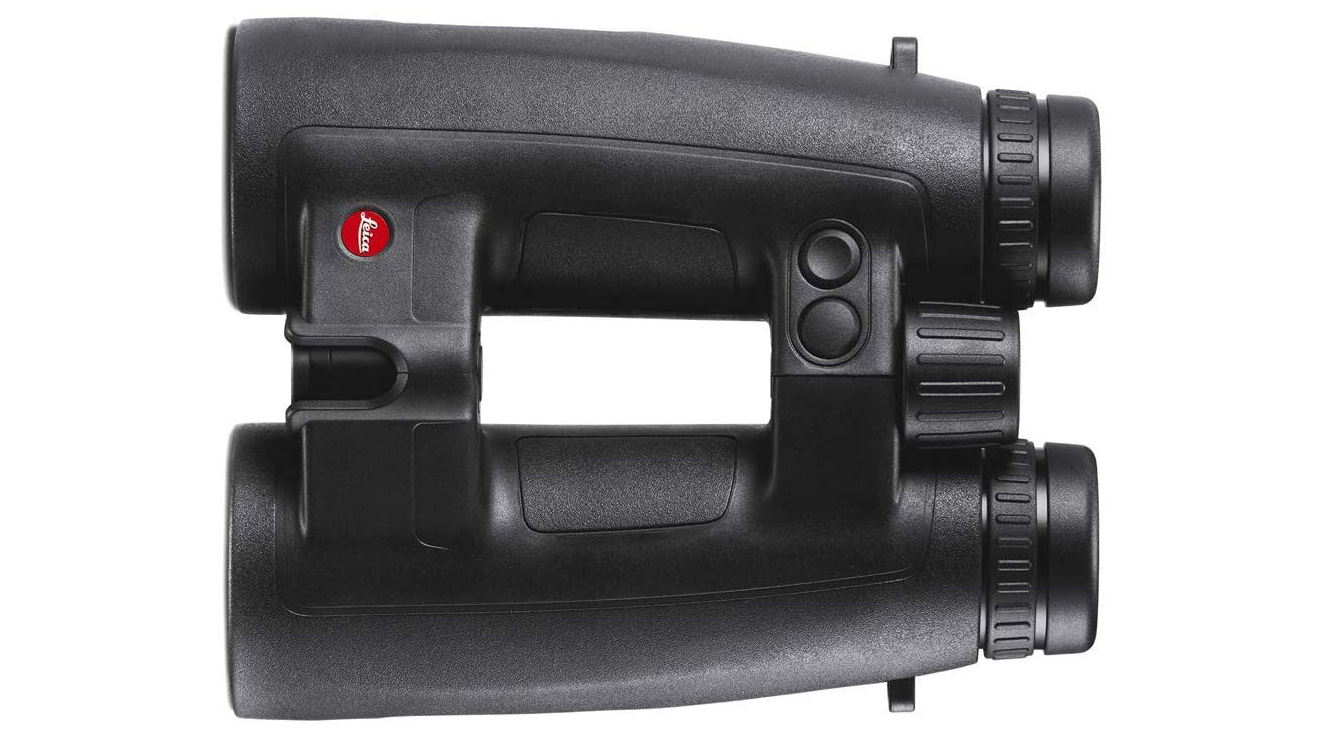
5. Leica Geovid HD-R 2700 8x56 rangefinder binoculars
Specifications
Reasons to buy
Reasons to avoid
Want a pair of high-end, aluminum-bodied, and nitrogen-filled Leica binoculars for use in low light, including pre-dawn and dusk, and not just normal daylight?
This Porro prism-style option from the manufacturer exemplar features a large 56mm objective lens to let in plenty of light, wedded to a useful 8x magnification and a laser rangefinder feature that works from 10 yards up to a whopping 2700 yards, or 1,100 meters. Such precise measurements are displayed at the push of a button.
Featuring a traditional central focus wheel we also get multi-coated lenses that claim to be both abrasion resistant and anti-reflective, while, naturally, maximizing light transmission too.
Additionally, Leica’s binoculars feature twist and pull operation eyecups, an LED display with ambient light-controlled brightness, plus waterproofing to an impressive depth of five meters.
Binoculars: what we look for
Binoculars have lots of different specs, but there are two key ones that are best to focus on if you want to keep things simple. These are magnification and lens size.
Most binoculars will list both in their name. When you're browsing for binoculars, you'll quickly notice that their names tend to include something like "10x20" or "6x30".
These two numbers refer respectively to the magnification factor and the size of the lenses. So in this example, we've got binoculars with 10x magnification and 6x magnification. You might think it'd be a matter of picking the binoculars with the largest magnification, but in practicality, it limits your field of view, which can make things harder to spot.
The second number refers to lens size. A larger lens will make the image brighter and clearer, especially in low light, but will also make the binoculars bigger and heavier (and probably more expensive).
This means that for your hobby or subject, it's worth thinking about what the best combination of magnification of objective lens size will work for you.
Best binoculars for horse racing and other sports: Sports tend to happen during the day, so a bright objective lens is less of a concern. Something like an 8x30 will hit the spot, as the 8x magnification should be plenty to see what's going on from the stand. There's no point getting something big and heavy if you don't need it!
Best binoculars for nature: A high magnification combined with a smaller and lighter objective lens will make for a good combination here. Some binoculars offer 10x42, and anything in that ballpark should work. However, if you do want to use a heavy pair, consider choosing one that can be affixed to a tripod. That way, you don't have to get tired arms from holding it!
Read more:
The best binoculars
Best budget binoculars under $100
Best marine binoculars
Best image-stabilized binoculars
Best compact binoculars
Best rangefinder binoculars
Best opera glasses
Best binocular harnesses
Best binocular tripod adapter
The 10 best spotting scopes
The best night vision goggles
The best telescopes for astrophotography
Get the Digital Camera World Newsletter
The best camera deals, reviews, product advice, and unmissable photography news, direct to your inbox!

For nearly two decades Sebastian's work has been published internationally. Originally specializing in Equestrianism, his visuals have been used by the leading names in the equestrian industry such as The Fédération Equestre Internationale (FEI), The Jockey Club, Horse & Hound, and many more for various advertising campaigns, books, and pre/post-event highlights.
He is a Fellow of the Royal Society of Arts, holds a Foundation Degree in Equitation Science, and holds a Master of Arts in Publishing. He is a member of Nikon NPS and has been a Nikon user since his film days using a Nikon F5. He saw the digital transition with Nikon's D series cameras and is still, to this day, the youngest member to be elected into BEWA, the British Equestrian Writers' Association.
He is familiar with and shows great interest in 35mm, medium, and large-format photography, using products by Leica, Phase One, Hasselblad, Alpa, and Sinar. Sebastian has also used many cinema cameras from Sony, RED, ARRI, and everything in between. He now spends his spare time using his trusted Leica M-E or Leica M2, shooting Street/Documentary photography as he sees it, usually in Black and White.
